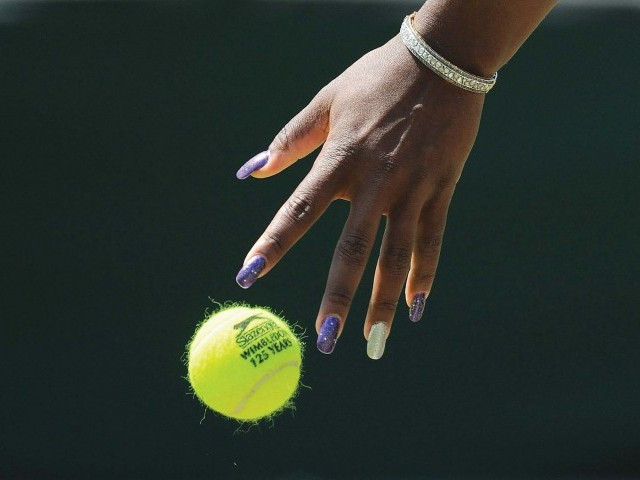American tennis is a shadow of its former greatness. At Roland Garros in Paris, no American woman was seeded anywhere. The top seeded American man was Mardy Fish. And nothing against Fish, but I doubt anyone is betting that he will win a Grand Slam anytime soon, or even in his entire career.
The last man from the US to win a Grand Slam, Andy Roddick is fading, and has just exited Wimbledon.
In fact, for a very brief period albeit, but earlier this year, for the first time in the 38-year history of the world tennis rankings, no US man or woman was ranked in the top 10. In fact, not too many are ranked in the top 20 either. Fish and Roddick have crawled back into the top ten, but the next American is Sam Querrey at 40, and he is more than likely to slip further down, not come back up.
When Andy Roddick hit the USTA circuit in 2000, he immediately started beating top players, including Pete Sampras in their very first matchup. Andy Roddick would achieve his glory at the 2003 US Open, beating Juan Carlos Ferrero in the final. It was the beginning of something big, and everyone knew it. It was the passing of the torch, Sampras to Roddick, and the continuation of US men’s domination in the ATP.
That is when it all started to unfold. Enter Roger Federer and Roddick would be the last North American man to win a Grand Slam title.
Since then there has been no player on the circuit who has looked like a likely successor, and the US junior programme is also devoid of any talent that we could say is the future Agassi, Sampras or McEnroe.
From 1998 to 2007, eight different athletes, most notably, the Williams sisters, helped America take 30 majors – surprisingly equalling the 1968-77 period, when King and Evert were the leading lights.
Since then, there has been a drought of titles. And the future looks bleak. In 1978, players from 33 countries played in the US Open men’s and women’s singles tournaments. US men accounted for 54 of the 128 players. Of the 96 women in the tournament, half were from the US, not including Martina Navratilova, who defected from the former Czechoslovakia. Now there are just four US men in the top 50 and three US women. Sadly, not one of them is an up-and-coming youngster.
In contrast, more than 40 of the top ten men’s players are from Europe.
And there are more South Americans than North Americans. The women’s circuit is similar, with 38 of the top 50 players coming from Europe. Federer, Nadal, Djokovic, Murray, Ferrer, Soderling, — the list goes on and it takes a while before we see an American. And let’s not forget the host of players from France on the men’s tour, and the omnipresent east European women who are challenging for tennis supremacy.
The epicentre of global tennis has shifted to Europe. It is the new powerhouse. And it’s likely to stay that way for some time to come.
Published in The Express Tribune.
Wimbledon: Has the US dropped the ball?
The epicentre of global tennis has shifted to Europe. It is the new powerhouse.



COMMENTS
Comments are moderated and generally will be posted if they are on-topic and not abusive.
For more information, please see our Comments FAQ